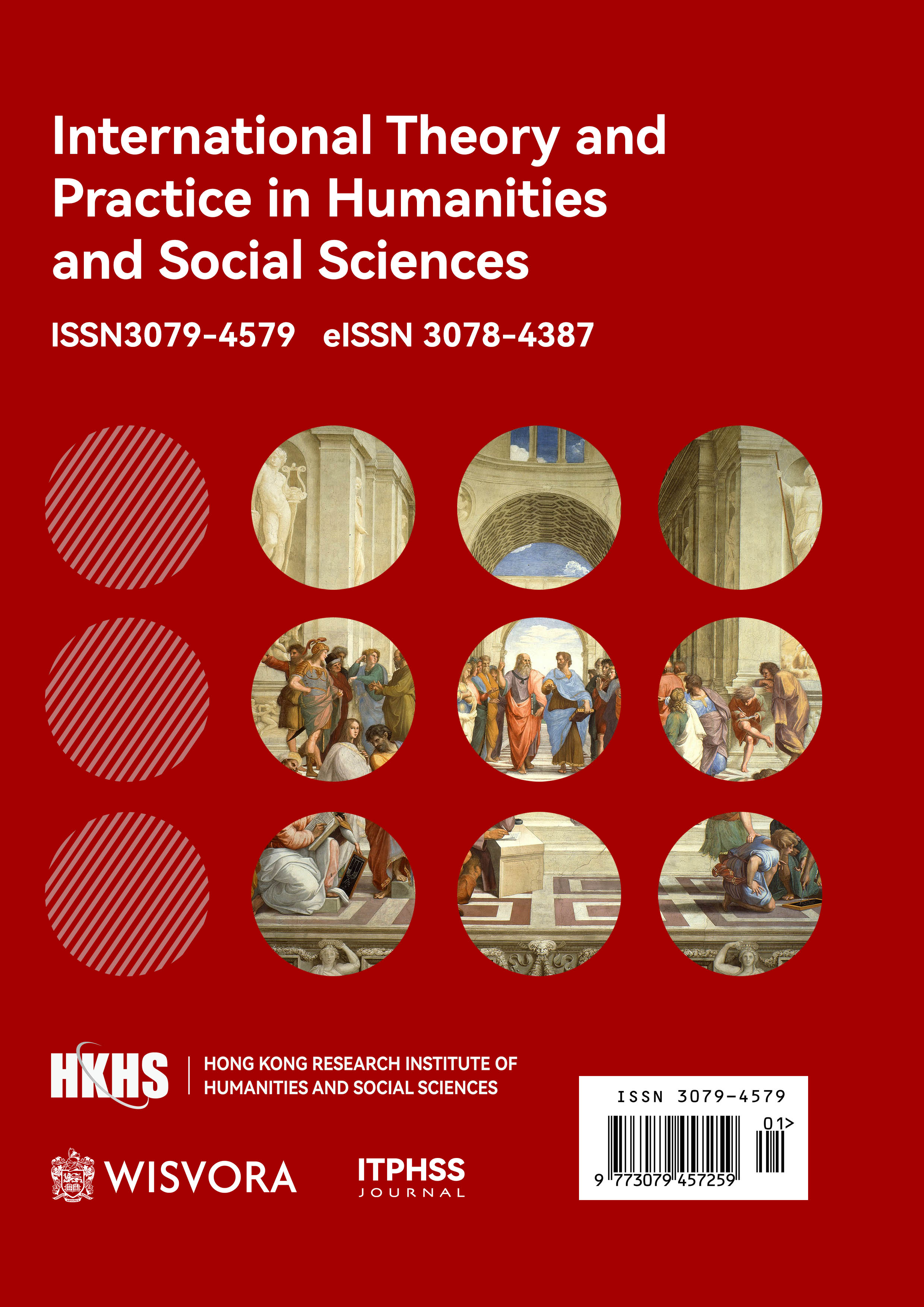Abstract
The rapid advancement of low-carbon technologies, such as wind and nuclear power, introduces critical ethical challenges, including conflicts between environmental protection, land use, and community rights. This study presents a comprehensive framework to address these conflicts through data-driven optimization and ethical analysis. First, a robust data collection and modeling process is established to quantify energy demand and renewable adoption trends. Multi-objective optimization using the Multi-Objective Particle Swarm Optimization (MOPSO) and Mixed-Integer Programming (MIP) methods is then applied to balance conflicting objectives. The results reveal significant improvements in energy efficiency, carbon reduction, and stakeholder satisfaction, with MOPSO demonstrating superior performance. Ethical considerations are integrated through an impact vs. satisfaction analysis, which highlights the positive correlation between ecological benefits and public acceptance. Finally, a sensitivity analysis validates the robustness of the proposed solutions under varying conditions. The findings emphasize the potential of combining advanced algorithms with ethical frameworks to design sustainable and socially equitable low-carbon energy systems.
References
Weng, Y., & Wu, J. (2024). Database Management Systems for Artificial Intelligence: Comparative Analysis of PostgreSQL and MongoDB.
Gao, D., Shenoy, R., Yi, S., Lee, J., Xu, M., Rong, Z., ... & Chen, Y. (2023). Synaptic resistor circuits based on Al oxide and Ti silicide for concurrent learning and signal processing in artificial intelligence systems. Advanced Materials, 35(15), 2210484.
Wu, X., Sun, Y., & Liu, X. (2024). Multi-Class Classification of Breast Cancer Gene Expression Using PCA and XGBoost.
Diao, S., Wei, C., Wang, J., & Li, Y. (2024). Ventilator pressure prediction using recurrent neural network. arXiv preprint arXiv:2410.06552.
Wang, Z., Chen, Y., Wang, F., & Bao, Q. (2024, September). Improved Unet model for brain tumor image segmentation based on ASPP-coordinate attention mechanism. In 2024 5th International Conference on Big Data & Artificial Intelligence & Software Engineering (ICBASE) (pp. 393-397). IEEE.
Ke, Z., & Yin, Y. (2024). Tail Risk Alert Based on Conditional Autoregressive VaR by Regression Quantiles and Machine Learning Algorithms. arXiv preprint arXiv:2412.06193.
Ke, Z., Xu, J., Zhang, Z., Cheng, Y., & Wu, W. (2024). A Consolidated Volatility Prediction with Back Propagation Neural Network and Genetic Algorithm. arXiv preprint arXiv:2412.07223
Yu, Q., Xu, Z., & Ke, Z. (2024). Deep Learning for Cross-Border Transaction Anomaly Detection in Anti-Money Laundering Systems. arXiv preprint arXiv:2412.07027
Li, Z. (2024). Advances in Deep Reinforcement Learning for Computer Vision Applications. Journal of Industrial Engineering and Applied Science, 2(6), 16-26.
Li, X., & Liu, S. (2024). Predicting 30-day hospital readmission in medicare patients: Insights from an lstm deep learning model. medRxiv, 2024-09.
Zhang, Y., Wang, F., Huang, X., Li, X., Liu, S., & Zhang, H. (2024). Optimization and application of cloud-based deep learning architecture for multi-source data prediction. arXiv preprint arXiv:2410.12642.
Zhang, Y., & Bhattacharya, K. (2024). Iterated learning and multiscale modeling of history-dependent architectured metamaterials. arXiv preprint arXiv:2402.12674.
Zhang, Y., & Hart, J. D. (2023). The Effect of Prior Parameters in a Bayesian Approach to Inferring Material Properties from Experimental Measurements. Journal of Engineering Mechanics, 149(3), 04023007.
Zhang, Y., & Needleman, A. (2020). Influence of assumed strain hardening relation on plastic stress-strain response identification from conical indentation. Journal of Engineering Materials and Technology, 142(3), 031002.
Zhou, Y., Rao, Z., Wan, J., & Shen, J. (2024). Rethinking visual dependency in long-context reasoning for large vision-language models. arXiv preprint arXiv:2410.19732.
Liu, D., Waleffe, R., Jiang, M., & Venkataraman, S. (2024). Graphsnapshot: Graph machine learning acceleration with fast storage and retrieval. arXiv preprint arXiv:2406.17918.
Liu, D., Jiang, M., & Pister, K. (2024). LLMEasyQuant--An Easy to Use Toolkit for LLM Quantization. arXiv preprint arXiv:2406.19657.
Liu, D., & Jiang, M. (2024). Distance Recomputator and Topology Reconstructor for Graph Neural Networks. arXiv preprint arXiv:2406.17281.
Liu, D. (2024). Contemporary Model Compression on Large Language Models Inference. arXiv preprint arXiv:2409.01990.
Liu, D. (2024). MT2ST: Adaptive Multi-Task to Single-Task Learning. arXiv preprint arXiv:2406.18038.
Hsu, P. C., & Miyaji, A. (2021). Publicly Verifiable M+ 1st‐Price Auction Fit for IoT with Minimum Storage. Security and Communication Networks, 2021(1), 1615117.
Hsu, P. C., & Miyaji, A. (2023). Blockchain based M+ 1st-Price Auction with Exponential Bid Upper Bound. IEEE Access.
Miyaji, H., Hsu, P. C., & Miyaji, A. (2023). Privacy-Preserving Social Media With Unlinkability and Disclosure. IEEE Access, 11, 28955-28965.
Hsu, P. C., & Miyaji, A. (2022, August). Scalable m+ 1st-price auction with infinite bidding price. In International Conference on Science of Cyber Security (pp. 121-136). Cham: Springer International Publishing.
Miyaji, H., Hsu, P. C., & Miyaji, A. (2022, November). Privacy-preserving social media with a disclosure. In 2022 Tenth International Symposium on Computing and Networking Workshops (CANDARW) (pp. 337-343). IEEE.
Dan, H. C., Lu, B., & Li, M. (2024). Evaluation of asphalt pavement texture using multiview stereo reconstruction based on deep learning. Construction and Building Materials, 412, 134837.
Dan, H. C., Huang, Z., Lu, B., & Li, M. (2024). Image-driven prediction system: Automatic extraction of aggregate gradation of pavement core samples integrating deep learning and interactive image processing framework. Construction and Building Materials, 453, 139056.
Dan, H. C., Yan, P., Tan, J., Zhou, Y., & Lu, B. (2024). Multiple distresses detection for Asphalt Pavement using improved you Only Look Once Algorithm based on convolutional neural network. International Journal of Pavement Engineering, 25(1), 2308169.
Luo, D. (2024). Optimizing Load Scheduling in Power Grids Using Reinforcement Learning and Markov Decision Processes. arXiv preprint arXiv:2410.17696.
Luo, D. (2024). Decentralized Energy Markets: Designing Incentive Mechanisms for Small-Scale Renewable Energy Producers.
Luo, D. (2024). Enhancing Smart Grid Efficiency through Multi-Agent Systems: A Machine Learning Approach for Optimal Decision Making.
Luo, D. (2024). Quantitative Risk Measurement in Power System Risk Management Methods and Applications.
Luo, D. (2024). A High-Frequency Trading Approach and System for Power Market Transactions.
Luo, D., Zhong, J., Wang, Y., & Pan, W. (2024). Ethical Considerations in Smart Grid Optimization Promoting Energy Equity and Fairness.

This work is licensed under a Creative Commons Attribution-NonCommercial 4.0 International License.
Copyright (c) 2025 Dongwen Luo, Qisen Cheng, Jinming Xing, Chang Xue, Xiaoran Yang (Author)

